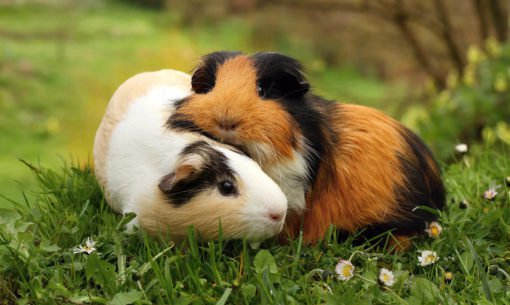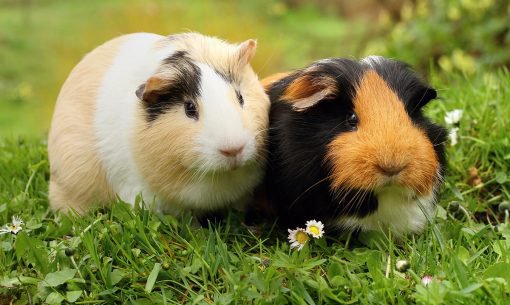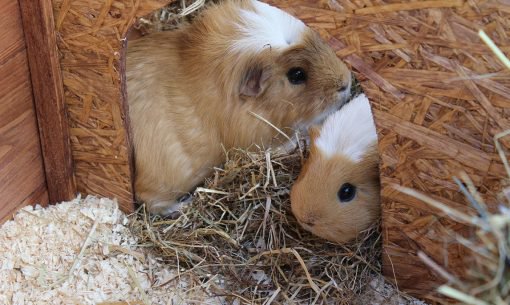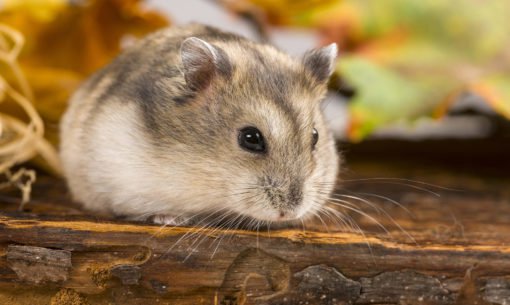Small Pet Social Needs
Have you ever wondered if your small pet is pining for a friend? Companionship and socialisation is essential to the wellbeing of many small creatures, so it’s important that you’re aware of the social needs of your furry pal. However, each small animal species will have different social requirements, with some preferring to live alone, and others preferring to live in pairs or groups. Read on to find out what socialisation is required for your small pet.
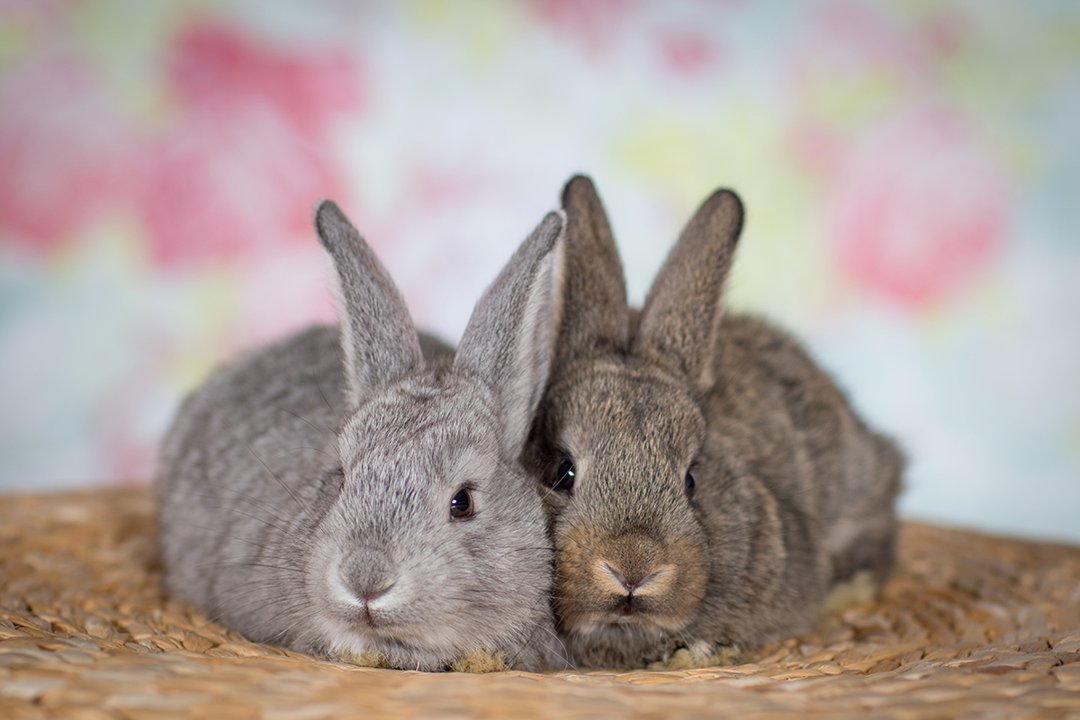
Solo or together?
The social requirements for small animals will generally depend on how the species lives in the wild. Most small mammals prefer to be housed in pairs or small groups – with the notable exception of some hamster breeds.
Syrian hamsters are an example of a breed that like to live on their own. This is because they originate from the desert, where resources are scarce, so they don’t like sharing! If this breed are kept together, they can become aggressive and severely injure each other. Chinese hamsters are another breed that should be kept on their own, as they are also likely to fight when housed together. That being said, even though these breeds aren’t social with each other, both Chinese and Syrian hamsters often enjoy interacting with their owners and can make good pets.
Unlike Syrian and Chinese hamsters, other breeds – particularly dwarf hamsters – are more likely to accept a companion, as their wild ancestors would have lived in colonies. However, they still aren’t the most social creatures, so if you’re intending to house these breeds in pairs or small groups, always ensure that all individuals are the same sex and from the same breed, and are introduced to each other carefully.
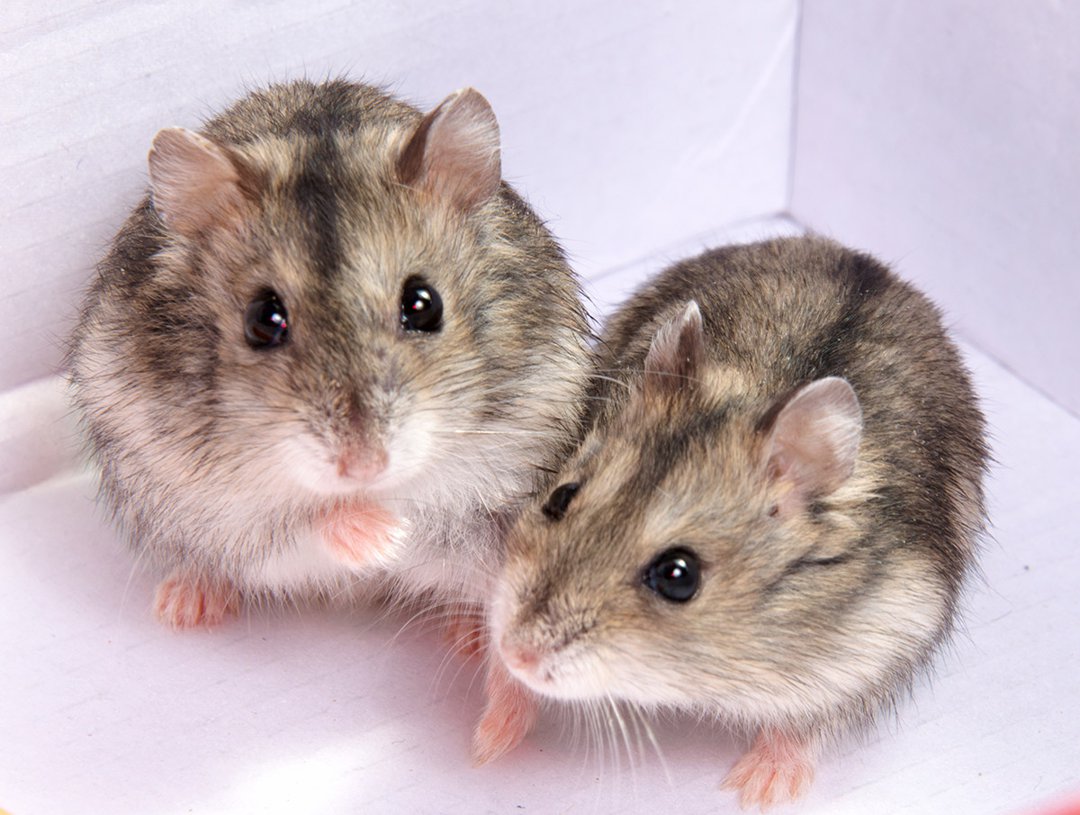
Bunnies: better together
Unlike some of the hamster breeds we’ve mentioned, companionship is essential for the wellbeing of all rabbits. If you own a bunny, they’ll appreciate it if you’re clued up on their social needs, as this can really improve their welfare.
Companionship is important for bunnies because – in the wild – they depend on their friends for survival. Wild rabbits will live in groups of 10–20 individuals, so that there is always someone on the lookout for predators. And, although pet rabbits don’t have the same need for this protection, they will instinctively feel less stressed when they have a companion to rely on, as they won’t feel like they need to be on constant lookout.
Pet rabbits are generally kept in pairs, but if you intend to house your rabbits in larger groups, it’s essential that all individuals are carefully chosen and properly introduced and bonded. If you are intending to house your rabbits in a pair, mixed-sex pairs tend to work best – but one or both rabbits must be neutered (the phrase “breeding like rabbits” didn’t come from nowhere!). If you’re pairing a male and female together, it’s possible to prevent breeding by castrating the male; however, because un-spayed females can become aggressive, it’s often best to neuter both rabbits to reduce the risk of fighting.
It’s also sometimes possible to house same-sex littermates together, but again it’s always best to get all individuals neutered, as this will mean there will be less chance of fighting. This is because neutering reduces the production of sex hormones that can cause behaviours such as aggression and bullying.
If you already have an adult rabbit, and are worried they may be lonely, it’s important you select a companion who is likely to be compatible with them. Rabbits that are the same size are more likely to bond, and each individual’s personality should also complement one other – for example, a rabbit that is very dominant may prefer a laid-back companion to reduce the risk of conflict. Bonding a new pair of rabbits can take some time and if you’d like to pick up some tips and tricks, check out our blog on rabbit bonding and companionship.
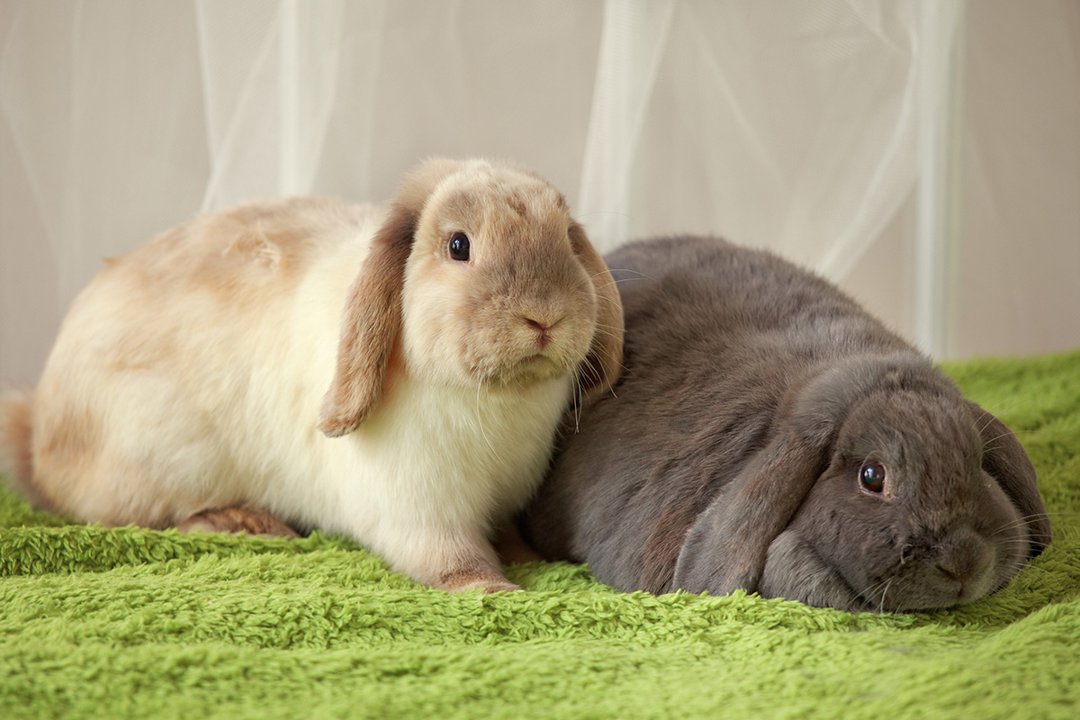
Pairing up piggies
Like rabbits, guinea pigs are also very sociable creatures, and so will need at least one companion. Piggies are generally housed in twos or threes, but more experienced guinea pig owners can also manage larger groups. Single-sex groups are often best; however, a neutered male can also live happily with a female. It’s also worth bearing in mind that, while females tend to get on well in larger groups, uncastrated males may start to fight when housed together. Although castration does reduce the risk of fighting, castrated males can also have a tendency to fight, so it’s best to have only one (castrated) male in mixed-sex groups.
As with rabbits, companionship in guinea pigs will also depend on personality, compatibility and size – again, with similar sized piggies tending to bond better. It’s also important to introduce guinea pigs slowly and carefully.
While it’s fairly common for rabbits and guinea pigs to be housed together, this isn’t a natural pairing that can be found in the wild. We would advise avoiding this, as piggies and bunnies don’t communicate well and the guinea pig will often be bullied.
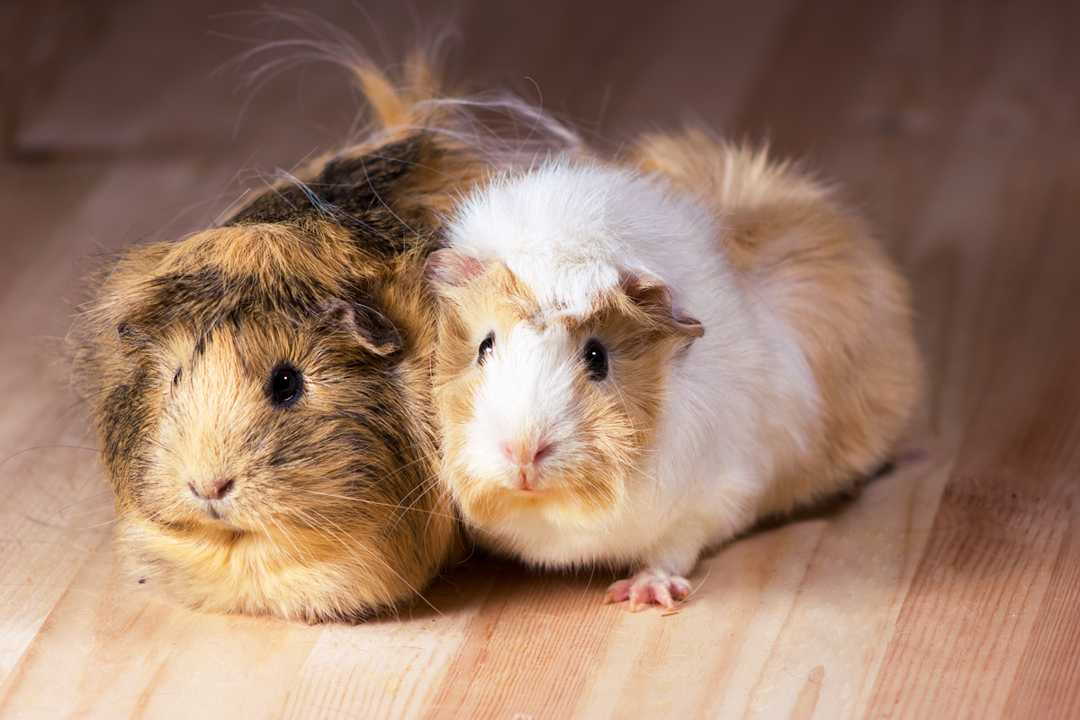
Chinchillas and degus
Chinchillas and degus are also sociable animals, with chinchillas living in groups of up to 100 in the wild! These small pets need at least one companion to feel happy and safe and can become depressed if housed alone.
These animals should always live in pairs or larger groups with companions from the same species, and it’s best to house same-sex individuals together, although a neutered males can live happily with a female. However, the RSPCA advises against keeping male degus together if there is a female present as they may start to fight – even if they are castrated.

Gibbering gerbils
Wild gerbils will live in groups of up to 15 individuals, although it’s more likely that pet gerbils will live in twos, threes or small groups. As with other small pets, littermates and same-sex groups or pairings work best, and individuals should be introduced gradually – ideally when they’re still young.
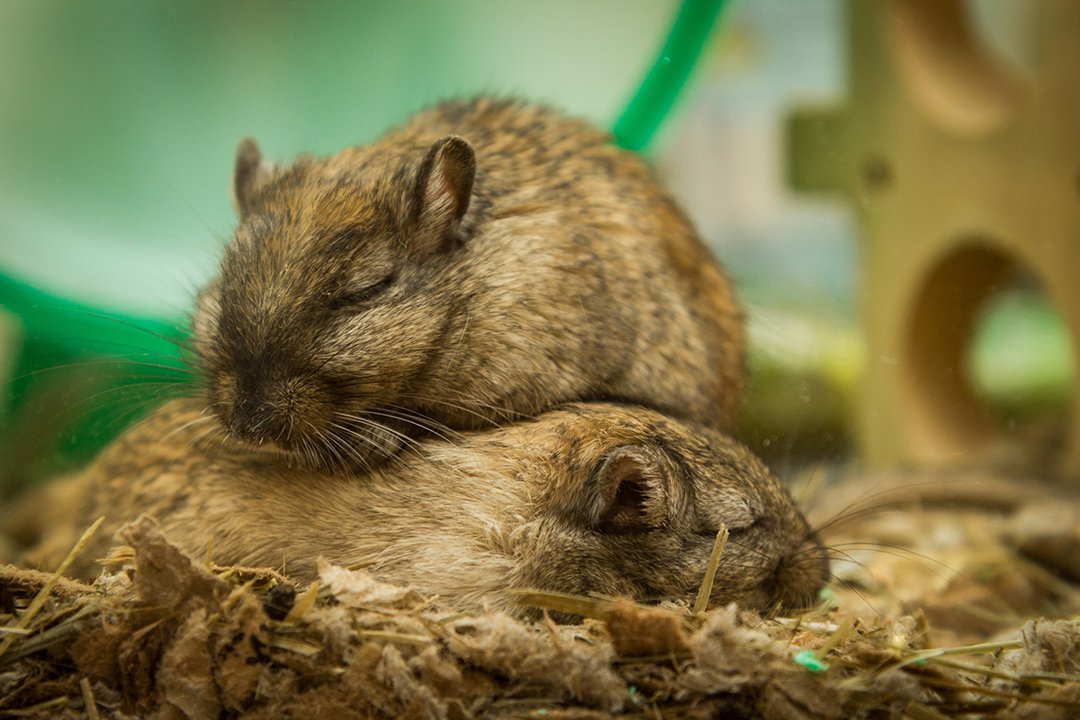
Rats and mice
Rats and mice are also very sociable, and often become depressed when living alone. As with most other small pets, these animals are happiest living in same-sex groups or pairs with their littermates.
These species form dominance hierarchies and, once these have been established – which normally happens at a young age – it’s best not to disturb the group structure, as this may result in bullying and fighting. These animals will also need plenty of hiding places: multi-storey cages are great as they give individuals the opportunity to run away or hide if they are subject to aggression. If you do find that fighting is a problem though, it’s best to split up your group, bearing in mind that some individuals just aren’t compatible.
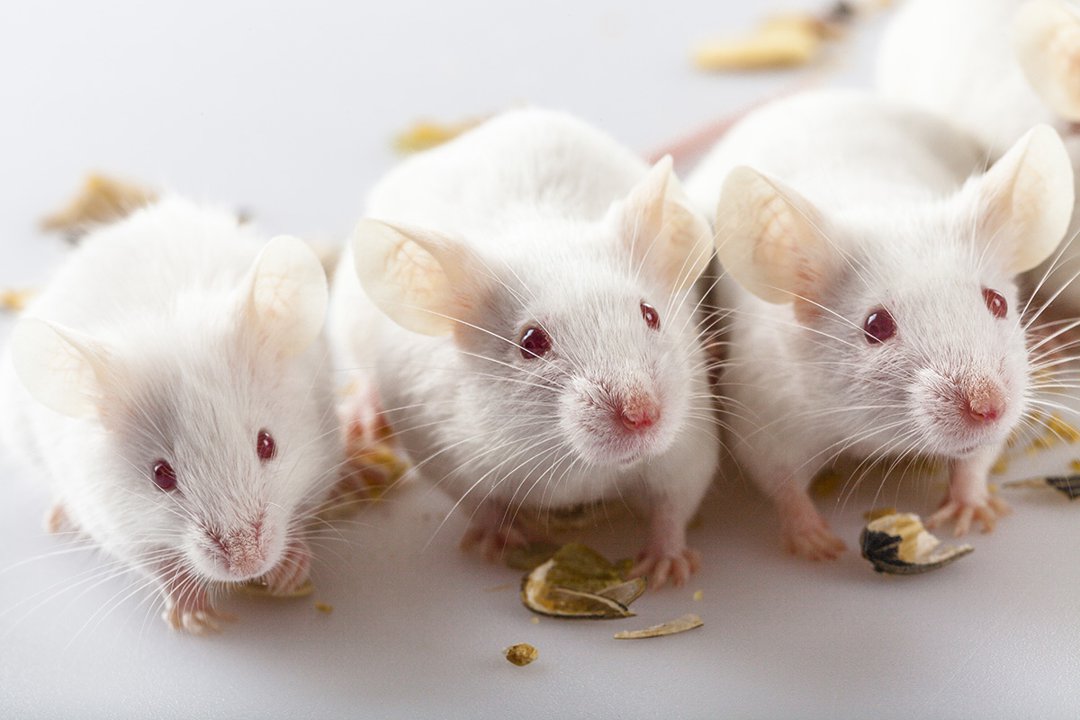
How to set up a harmonious home
In order to create a comfortable, low-stress environment for small pets that are being housed together, it’s important to ensure you provide lots of hiding spots so that individuals always have the option to get away from conflict. It’s also important to provide enough resources – such as sleeping shelters and food and water stations – to go around, as this will also help to avoid competition and fighting. Some small animals, especially degus and chinchillas, may also like sleeping together, so it’s a good idea to provide a big group nesting box as well as individual shelters.
Ensuring you are clued up on the social needs of your small pet can have a huge impact on their lives – and really improve their overall welfare – so it’s important to research your pets’ wants and needs in order to keep them happy and healthy.

